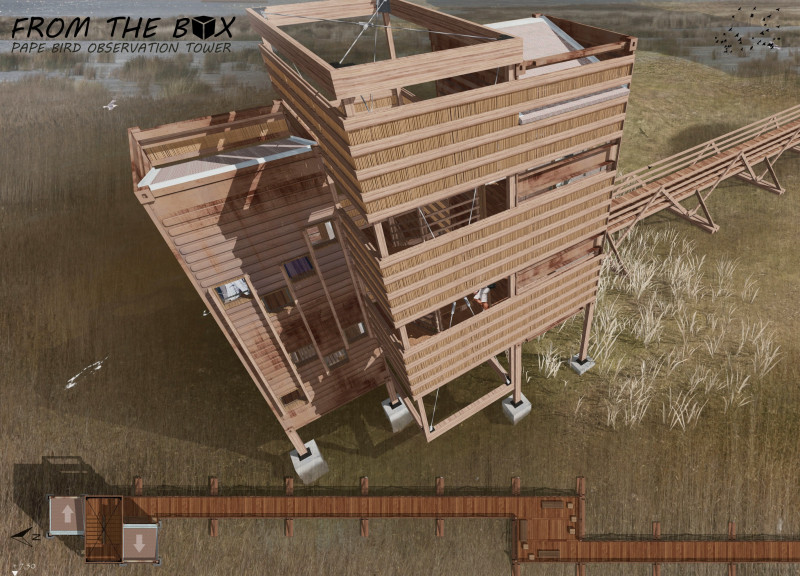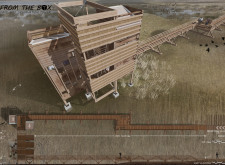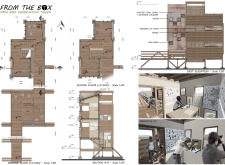5 key facts about this project
### Project Overview
The project, located in [Geographical Location], aims to address contemporary architectural challenges while reflecting the cultural and environmental context of the region. The design approach emphasizes utility and aesthetic harmony, responding to both the community's needs and the surrounding landscape. The architect intends to create a space that fosters interaction, sustainability, and innovative use of materials.
### Spatial Organization
The layout prioritizes user experience through an intentional configuration of public and private spaces. Open areas facilitate social gatherings and community engagement, while distinct zones provide privacy and tranquility for individual activities. The design incorporates flexible spaces that can adapt to a variety of functions, promoting inclusivity and accessibility for diverse user groups. Circulation paths integrate seamlessly with the overall spatial flow, enhancing connectivity between different areas of the building.
### Material Selection and Sustainability
The project employs a selective palette of materials chosen for their functional and ecological benefits. Key materials include:
- **Concrete**: Providing structural strength and longevity.
- **Glass**: Maximizing natural light and visual connection to the outdoors.
- **Timber**: Adding warmth and a tactile quality, contributing to user comfort.
- **Steel**: Enabling expansive open spaces while maintaining structural integrity.
- **Brick**: Offering cultural resonance and texture that connects the building to its historical context.
Sustainability is a core principle of the design, integrating features such as renewable energy systems and rainwater management. The thoughtful material choices and environmental strategies contribute to a reduced ecological footprint, aligning with contemporary practices in green architecture.
The project exemplifies a balance between modern design ethos and regional identity, enhancing the community's environmental quality while also addressing the functional demands of its inhabitants.






















































